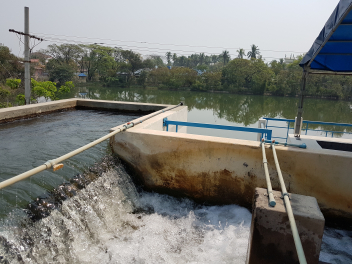Water Quality Monitoring
Establishing a monitoring programme is a highly complex task. Great deal of work goes to establish the monitoring objectives, the human, technical, and financial capabilities, as well as selecting the sampling points, water quality parameters, sampling frequencies and priorities, and legal compliance.
Drinking water systems supplied by surface water and groundwater are subject to contamination that may affect raw and treated water quality. Contamination by pathogenic micro-organisms or toxic chemicals can have severe impacts on public health. Also, the production of safe drinking water must comply with public health standards for drinking water quality.
The objective of this tool is to help water operators decide which parameters to monitor in each step of the water treatment and distribution process, from catchment to consumers. This tool can also support local, national, and international organizations in charge of designing plans for monitoring drinking water quality.
How the tool works
Establishing a comprehensive water quality monitoring plan is a complex process, in which a number of variables need to be taken into account (e.g. treatment train, sampling points, water quality parameters, sampling frequencies and priorities). This toolkit consists of a manual and a step-by-step decision support tool that runs in Excel. To make the most of this toolkit follow the steps below:
- Download the tool
- Download the manual
- Define your water source: either surface or groundwater.
- With the guidance given in the tool, establish and select the set of parameters to be monitored in each step of the treatment train.
- Print out the PDF report with the summary of the chosen (X) or optional parameters (O).
For more information about this tool contact Angela Bayona
